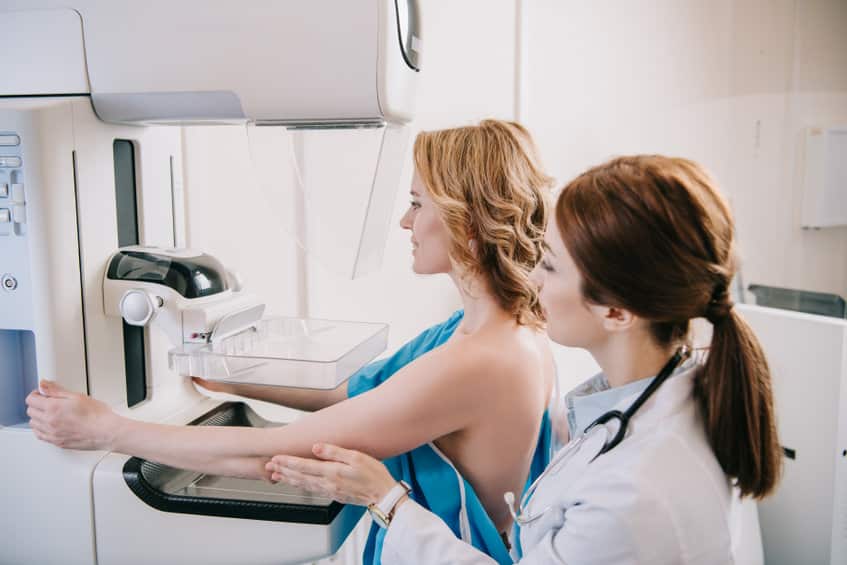In what may seem like a mixed message for women, a recent study discovered that approximately half of all women will have at least one false-positive mammogram over ten years of annual breast cancer screening if a digital tomosynthesis or 3D mammography is applied.
The risk of false positives declines sharply for women tested every other year. A false positive, for the sake of clarity, occurs when a mammogram is flagged as abnormal, but there is no cancer in the breast. Inaccurate tests, particularly false-positive results, admittedly are common. In fact, around 12% of 2D screening mammograms are recalled for doublechecking and of those recalled only 0.5% on average come back with a cancer diagnosis. Consequently, this means 3D mammography provides only a modest improvement in this area.
Other factors, however, often lower false positives including screening every other year and having non-dense breasts. Older women were also less likely to have a false-positive result. These inaccurate readings are, nonetheless, concerning for women. While mortality rates for breast cancer have declined in the last few decades, it remains the second leading cause of cancer mortality among women. In fact, one out of eight women will develop invasive breast cancer over their lifetime, according to Breastcancer.org. This year alone, almost 300,000 women in the U.S. will develop invasive breast cancer, while another 50,000 will be diagnosed with non-invasive breast cancer.
These troubling numbers make any significant flaws in testing disheartening for women and their loved ones. “The screening technology did not have the largest impact on reducing false positives,” reported Michael Bissell, an epidemiologist at the University of California, Davis and co-first author of the study of 3D mammography limitations. “Findings from our study highlight the importance of patient-provider discussions around personalized health. It is important to consider a patient’s preferences and risk factors when deciding on screening interval and modality,” he added.
There are also emotional and financial considerations to be taken into account. “Despite the important benefit of screening mammography in reducing breast cancer mortality, it can lead to extra imaging and biopsy procedures, financial and opportunity costs, and patient anxiety,” explained Diana Miglioretti, a senior author of the study and a professor and division chief of biostatistics at the UC Davis Department of Public Health Sciences.
Ultimately, though, knowledge is power when it comes to successfully treating breast cancer, according to Thao-Quyen Ho, a co-first author of the UC Davis paper. “To detect breast cancer early, we need to be careful and investigate any potentially abnormal findings. So, women should not be worried if recalled for additional imaging or biopsy. The vast majority of these results are found to be benign,” he noted.













